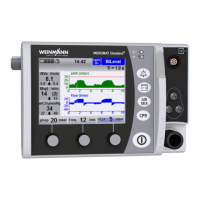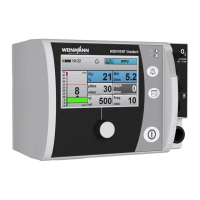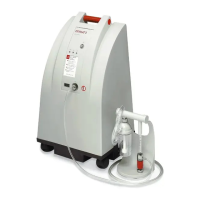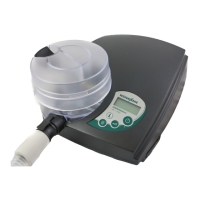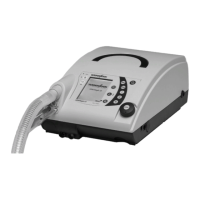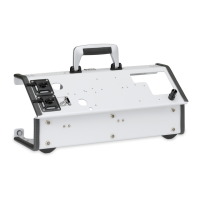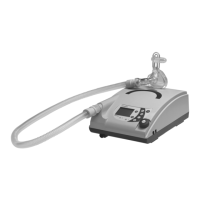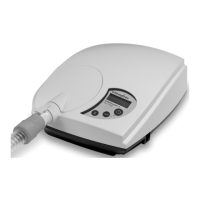256 EN MEDUMAT Standard
2
WM 68071 05/2021
14 Appendix
Guidelines and manufacturer's declaration – electromagnetic immunity
MEDUMAT Standard
2
has been tested for immunity against the radio services listed below.
If the field strength measured at the site where MEDUMAT Standard
2
is used exceeds the upper
compliance level, MEDUMAT Standard
2
should be monitored to ensure it is functioning as intended.
If unusual performance characteristics are noted, additional measures may prove necessary such as
changing the orientation or moving MEDUMAT Standard
2
to another site.
Testing
frequency
MHz
Frequency
band
a
MHz
Radio
service
a
Modulation
b
Max.
output
W
Distance
m
Immunity
test level
V/m
385 380 to 390 TETRA 400
Pulse modulation
b
18 Hz
1.8 0.3 27
450 430 to 470
GMRS 460
FRS 460
FM
c
± 5 kHz breath
1 kHz sinusoidal
2 0.3 28
710
704 to 787
LTE band 13,
17
Pulse modulation
b
217 Hz
0.2 0.3 9745
780
810
800 to 960
GSM 800/900,
TETRA 800,
iDEN 820,
CDMA 850,
LTE band 5
Pulse modulation
b
18 Hz
2 0.3 28
870
930
1720
1700 to 1990
GSM 1800
CDMA 1900,
GSM 1900
DECT,
LTE band 1, 3,
4, 25, UMTS
Pulse modulation
b
217 Hz
2 0.3 28
1845
1970
2450 2400 to 2570
Bluetooth
®
,
WLAN 802.11
b/g/n
RFID 2450
LTE band 7
Pulse modulation
b
217 Hz
2 0.3 28
5240
5100 to 5800
WLAN 802.11
a/n
Pulse modulation
b
217 Hz
0.2 0.3 95500
5785
a
Only the frequencies for radio connection of mobile communication devices to the base station (en: uplink)
are included in the table for some radio services.
b
The carrier must be modulated with a square-wave signal with a 50 % duty cycle.
c
As an alternative to frequency modulation (FM), it is also possible to use pulse modulation with a 50 %
duty cycle of 18 Hz, as this, although not the actual modulation, would reflect the worst case scenario.

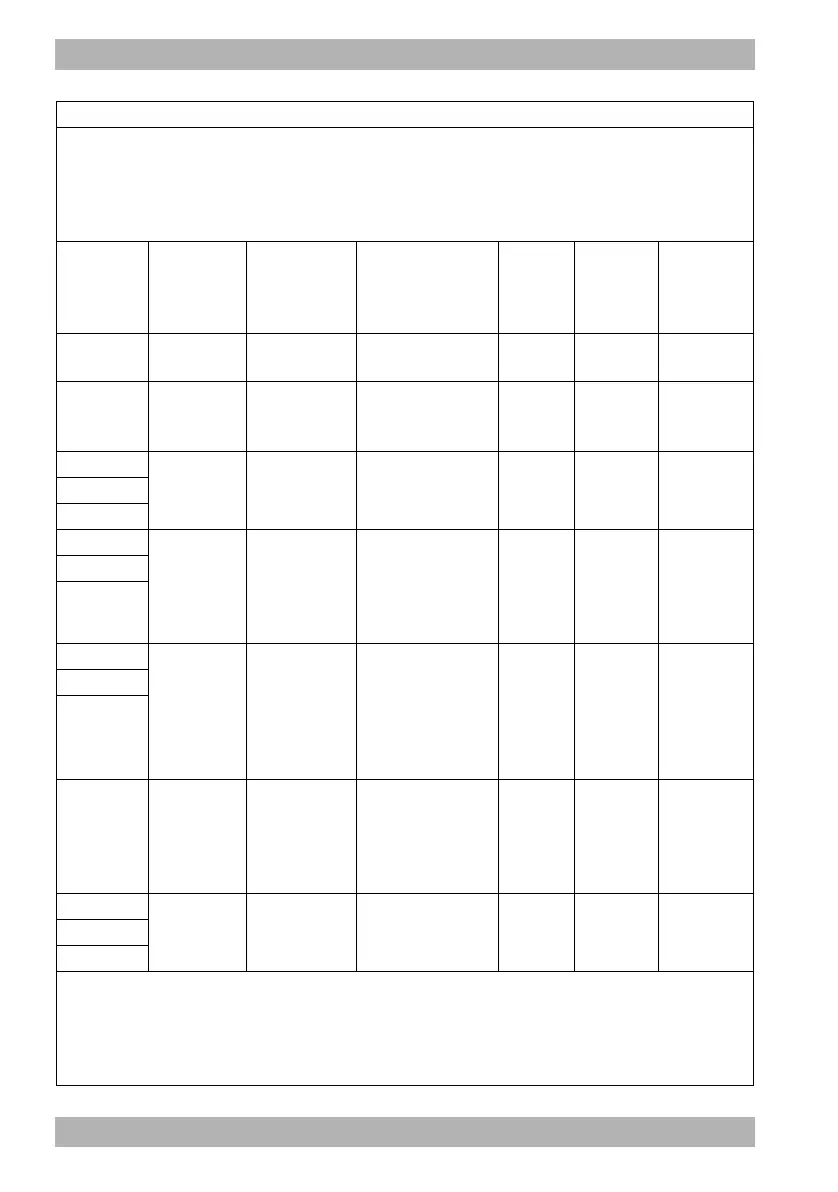